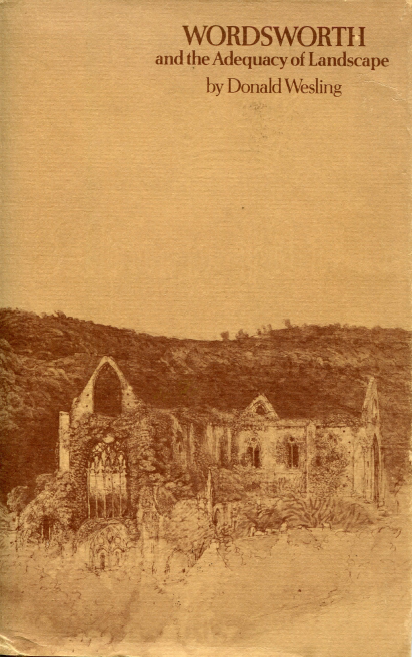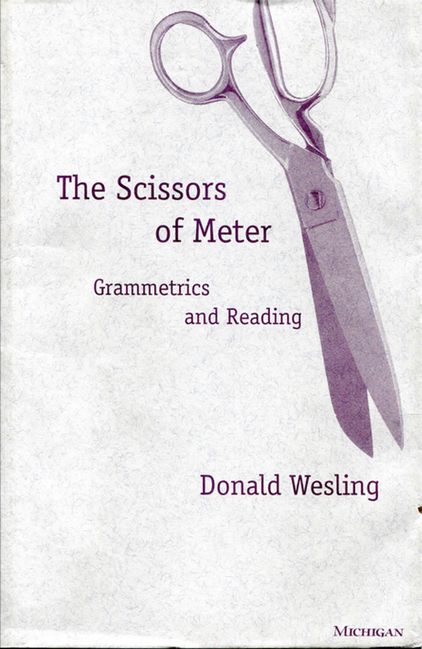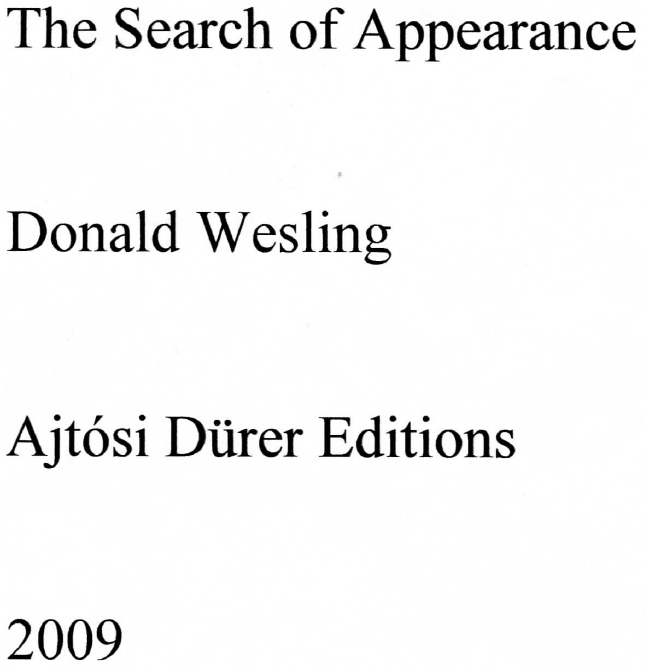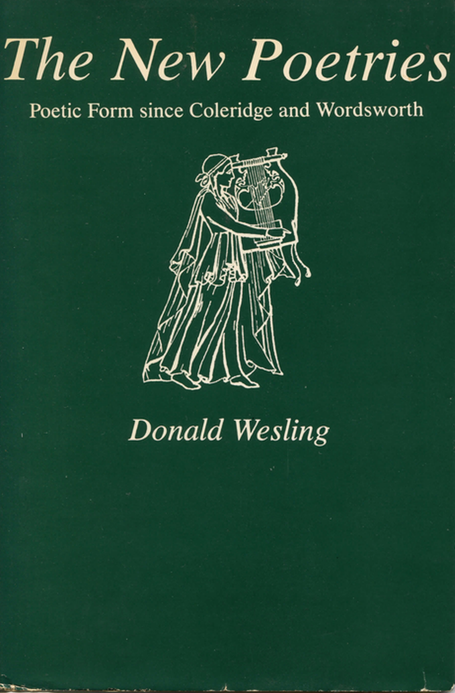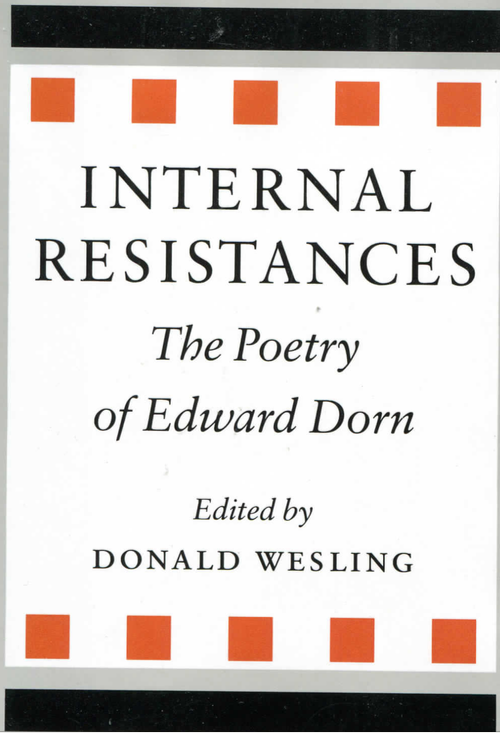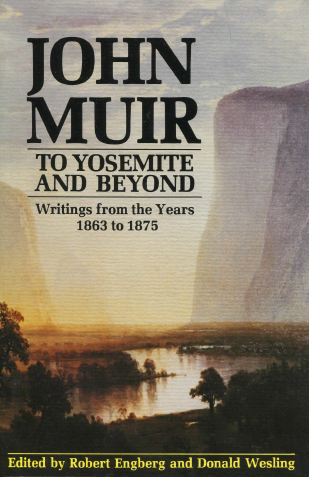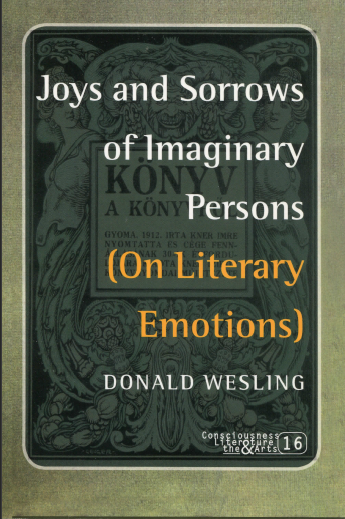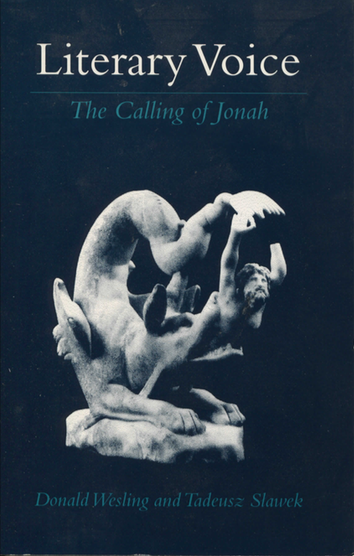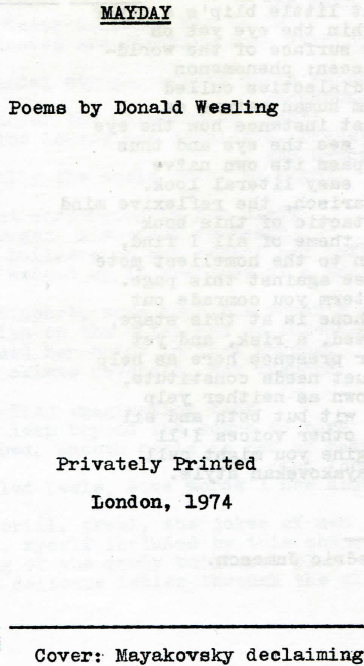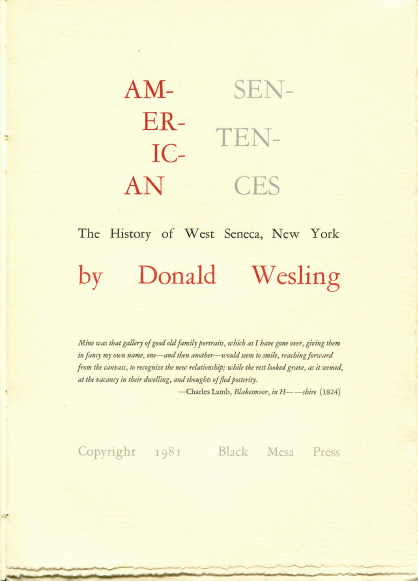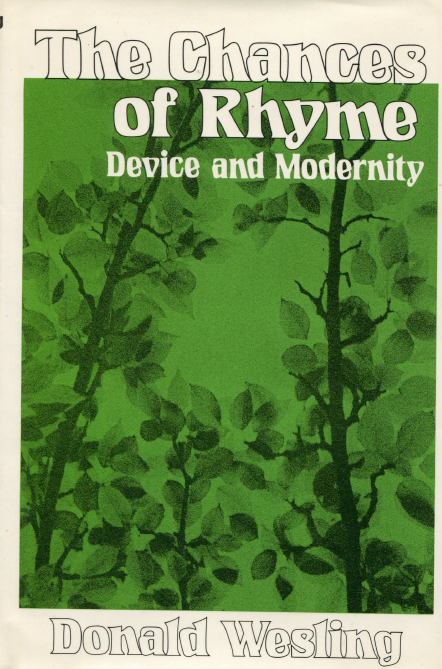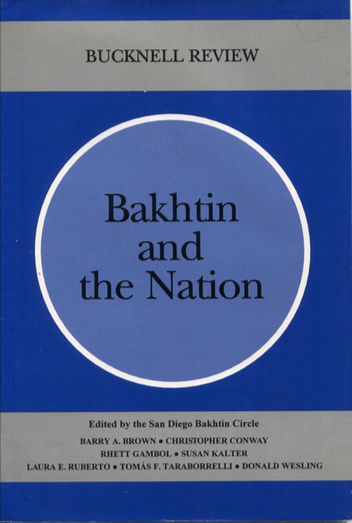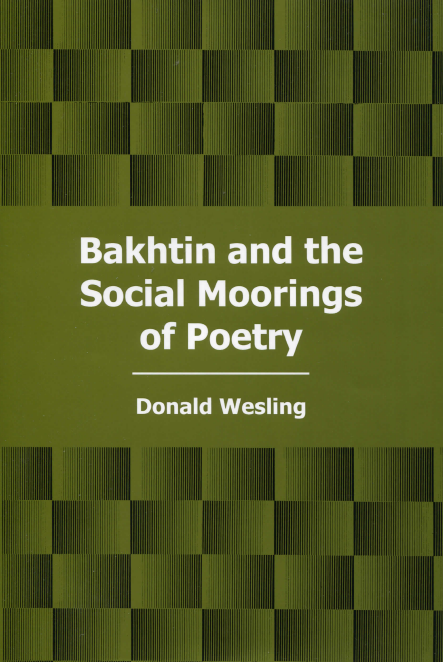Donald Wesling’s Portfolio

Most recently published in February 2025 is a new book,
Perceiving-Thinking-Writing: Merleau-Ponty and Literature
available for download free here https://sciendo.com/book/9788367405959
A brief summary and more information hereCompleted during the Pandemic, the following books of poems below are not yet accepted for publication:
Getting From Here to Here: The Buddhist Dailies of Thomas Marshall, Kim Stanley Robinson, and Donald Wesling. TM, KSR, and DW were in the same class in 1972 at University of California, San Diego: DW was the writing instructor, but the three of us have long since become friends and we corresponded quite heavily during the Pandemic. The correspondence was organized as poems called dailies whose purpose was to try to touch the moment of perception, what Merleau-Ponty somewhere called a recovered naïeveté. This book of 80-90 pages is organized in roughly chronological order, 2021-2023, with author’s names given in the table of contents but with author’s contributions mingled without ID in the text.

A single-author long poem by DW, focused on a San Diego military cemetery, titled The Fort Rosecrans Elegies. There are ten elegies: a deliberate tribute to RM Rilke’s Duino Elegies which were first published in German exactly a century ago. It’s partly a response to Rilke and Propertius and Paul Valéry and other elegists, an elegy for them; also a set of commentaries on a hospital and a cemetery in the same United States city; a remembrance of feminist sculptor Louise Bourgeois; a response to the invasion of Ukraine by Russia which is still going on. While this makes the rounds of publishers and prizes, the book exists in the form of a pamphlet, in 125 copies, so this can be sent to anyone who asks.

Animal Perception and Literary Language
This book shows that the perceptual content of reading and writing derives from our embodied minds. The being that tracks physical and mental movement in sentences is us, humans evolved from animals. After Chapter I specifies terms and questions in animal philosophy, and Chapter II surveys recent work on perception, the middle Chapter (III, IV) of the book describe attributes of multispecies thinking and define a tradition of writers in this lineage. Finally in Chapter V literature comes into full focus with readings of 12 works of many types. Overall, Donald Wesling’s book offers not a new method of literary criticism, but a reveal of what we all do with perceptual content when we read. More Information

Women in Charge: Stories
The women in these seven stories include American and Etruscan mothers of first-born sons, the leader of a politically divided erotic commune in a New York City brownstone, and Sally Mary in a quiet war to control her days as she’s dying in a rehab home.
Novelist Kim Stanley Robinson says: “There is a verve and snap in Wesling’s sentences that make each page in this book a joy to read. The stories are compressed, startling, funny, insightful, and tell us things about women in charge which give the book as a whole great heft and force. A true literary pleasure.”
Available on Amazon Kindle and also on the Barnes& Noble Nook. The price is $4.99.
Links
Writings available on Amazon
https://www.amazon.com/Donald-Wesling/e/B001HPBL4Q%3Fref=dbs_a_mng_rwt_scns_share
https://www.amazon.com/Books-Donald-Wesling/s?ie=UTF8&page=1&rh=n%3A283155%2Cp_27%3ADonald%20Wesling
Animal Perception and Literary Language – from Palgrave Macmillan
https://www.palgrave.com/us/book/9783030049683
Scissors of Meter – from University of Michigan Press
https://www.press.umich.edu/15381/scissors_of_meter
Goodreads page
https://www.goodreads.com/author/show/241538.Donald_Wesling
UCSD page
https://literature.ucsd.edu/people/faculty/emeriti/dwesling.html
Gallery
